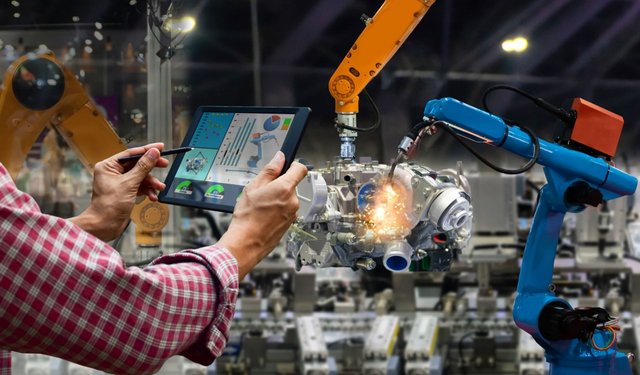For centuries, the advancement and restructuring of traditional approaches to fulfill transforming demands and conditions showed their huge contribution towards development. Apart from the technological innovations in improving the speed, and reliability of large-scale production, manufacturing has its great extent of dependency on a similar fundamental procedure as it did 100 years ago. Darcy Burner, CEO of a manufacturing company, Buttonsmith Inc that develops software and systems to boost digitization in manufacturing, thinks that it is time to transform the manufacturing & production process that reconsiders how and what can be done for public utilization.
Henry Ford: A Case Study In Revolutionary Production Methods
The Henry developed assembly-line mass production had an extreme contribution in improved efficiency. There was no longer a requirement for individual craftsmen to try their hands on every aspect of the production cycle and meticulously produce each unique item. Instead, the revolutionary production method made it possible to develop a blueprint for a product (that was an automobile in Ford’s case) and considered a systematized process to evaluate manufacture right from the beginning to finish. This eliminates the time, labor, and expertise constraints for the organization. As long as the material was available, they could remanufacture the similar item again and again to fulfill the steadily increasing buyer interest.
Read more: https://www.emeriobanque.com/news/how-digital-manufacturing-can-revolutionize-the-global-economy
